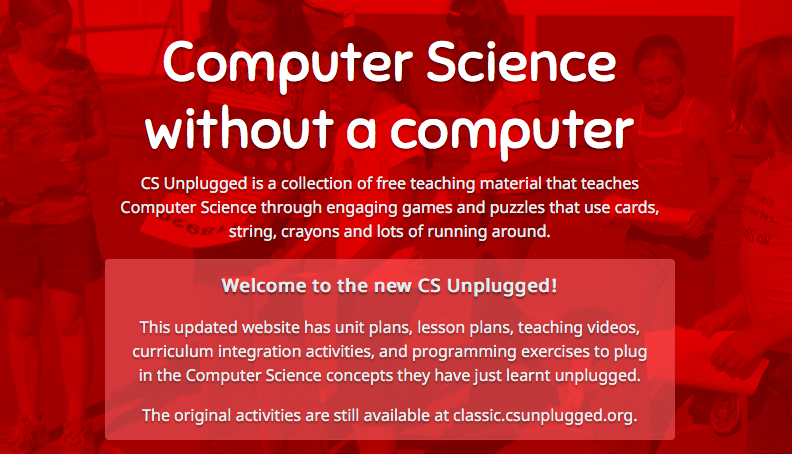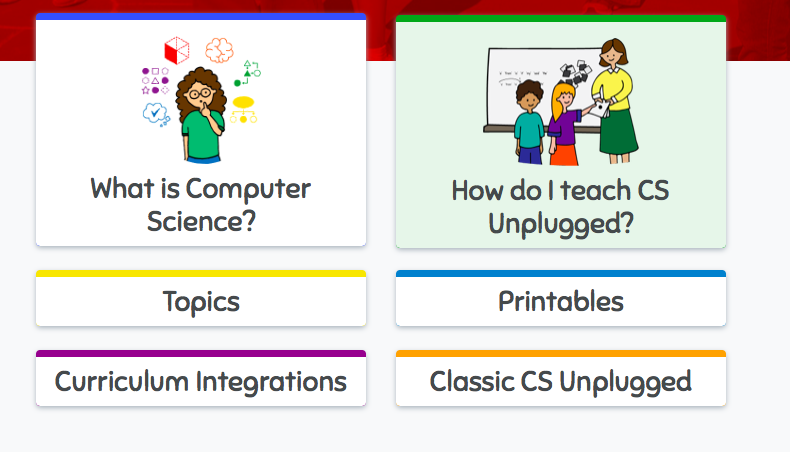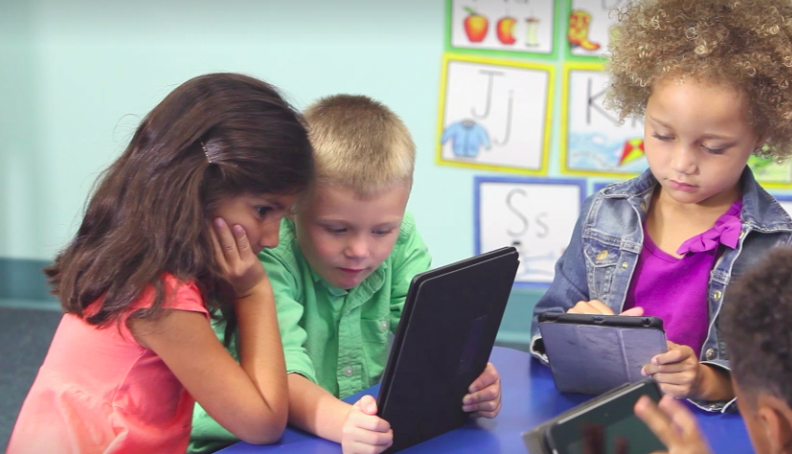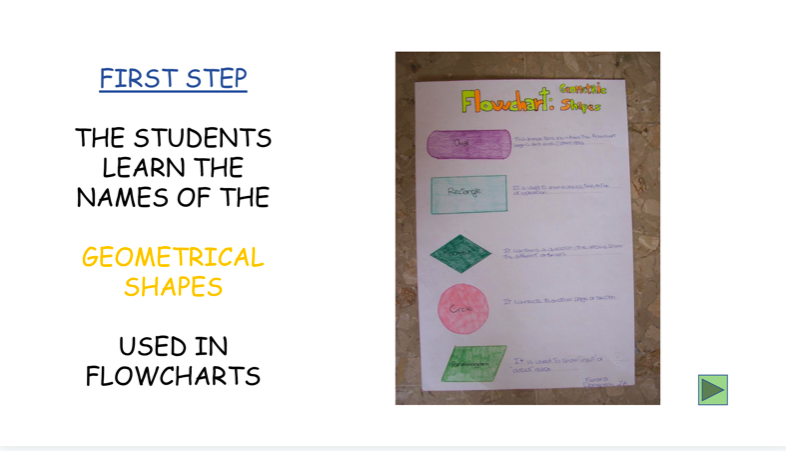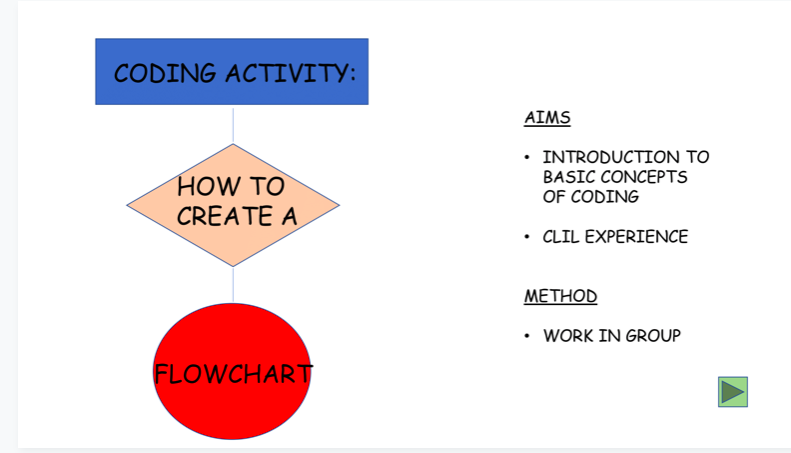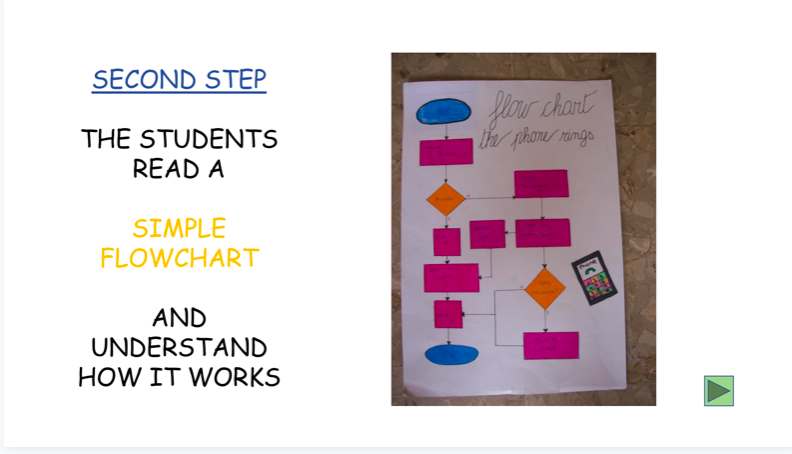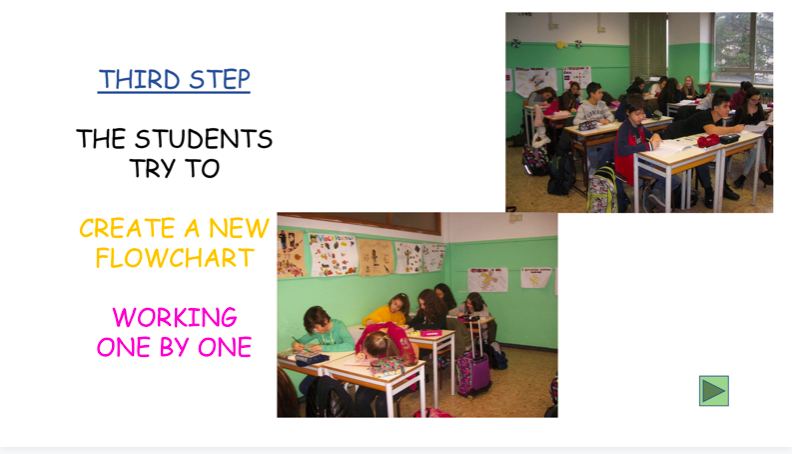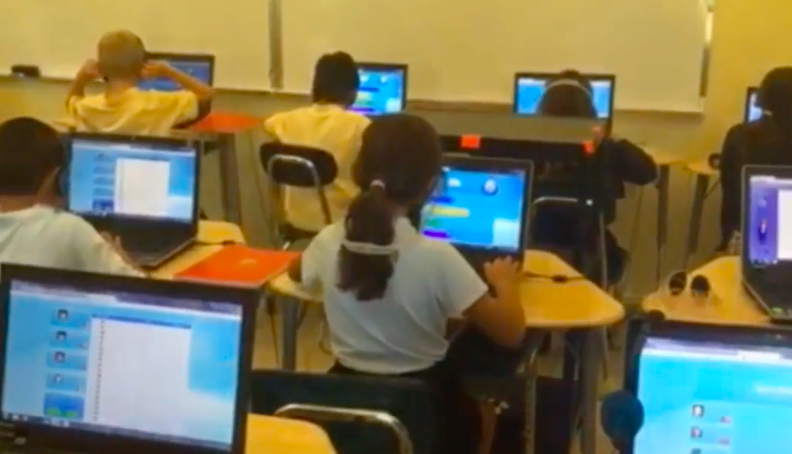Using ICT in education
Teaching coding (and languages) without computers
>> Watch the video demonstration <<
In this activity students were taught the foundations of computational thinking when they designed flowcharts using only pencils and paper. The activity was also cross-curricular as students were learning English as their second language using a CLIL approach (Content Language Integrated Learning) whereas their Maths teacher worked exclusively in English with the students. The work was carried out in groups to encourage collaboration and effective group work.
What were the purposes of the activity?
This activity was carried out with 12-year-old students who were new to the topic and first had to learn the purpose of a flowchart and how to read and interpret them. Students were expected to be able to design and create a flowchart in English. The CLIL method required students to develop a technical understanding of the language by learning the English names of the geometrical shapes used in flowcharts. The flowcharts that students created related to everyday life and were based on Italian food recipes in particular.
Students worked in groups on this project and used a variety of group configurations to help develop the team working abilities. Initially students worked alone, then in pairs, and finally in quartets when they compared and merged their flowcharts to create a finished product.
The activity was divided into separate tasks for students and each of them had an active part: some explained the flowcharts, others had to draw them, others created the PowerPoint presentation and, finally, six of them cooked the cake! When we hosted the Erasmus+ delegation some students made a presentation on the work of the class.
How the activity worked in the classroom?
One of the challenges to overcome was the lack of computers in the school, so the activity was designed to require only paper and pencils and conducted in a class without a projector or Wi-Fi.
From the teacher’s perspective the activity worked well and the aims were achieved: the students experienced a CLIL activity learning a new technological subject in a co-operative way. There was no cost for the activity in this phase.
The teacher intends to build on this activity in the next year by transferring the flowchart work to Scratch or Scratch Jr. as they how have an understanding of the basics on computational thinking. As the school has limited resources, the teacher intends to ask students to bring devices from home.
How to develop the technology skills?
The teacher had prior knowledge of flowcharts from University and sometimes used them with other groups of students. The teacher learned Scratch in a course for Junior High School teachers as a local event hosted by the University.
What technology can be used and are the alternatives?
The outcome has been positive as I achieved my goal; the drawbacks of the students have been positive too. I found extra benefits in a more relaxed and collaborative attitude in general among the students and in particular with the students more involved in the activity.
Next time I would like to work with flowcharts with two levels of complexity so that each student can find the activity interesting and not too difficult or too boring.

